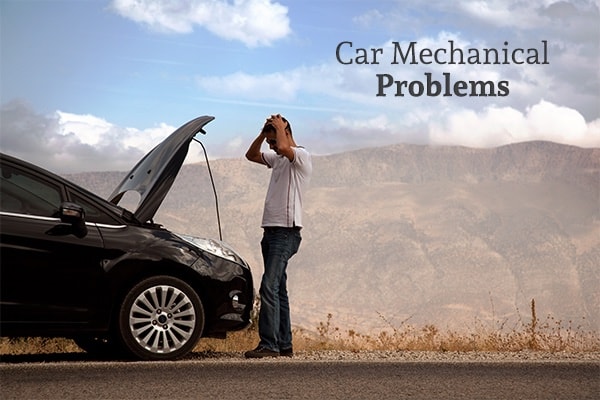
Cars are complex machines with many moving parts. When one of these parts fails, it can lead to a terrible car accident. Whether the failure is due to poor maintenance or a manufacturing error, the ensuing wreck often leads to other drivers getting seriously injured. Here is a detailed look at the most common mechanical problems that lead to car accidents:
1. Tire Problems
The National Highway Traffic Safety Administration reports that 35% of accidents caused by mechanical failure were due to tire problems. The most common issues with tires are blowouts and worn-out tires.
Blowouts are most common with 18-wheelers, and 18-wheeler accidents are typically the most dangerous because they can send debris into the road or another car. A blown-out tire can also lead to the semi-truck getting into a wreck with another vehicle. Blowouts can be caused by improper maintenance, but they are most often caused by manufacturing errors.
Worn out tires create an uneven tilt on a car, making it harder to control. If a tire is worn out to the point that it is bald, rainy and snowy conditions become extremely hazardous as the likelihood of hydroplaning increases.
2. Brake Failures
Faulty or worn out brakes account for 22% of accidents. No matter how much distance you put between yourself and another driver, worn out or faulty brakes will generally result in an accident because it becomes hard or even impossible for a car to come to a complete stop. This does not just apply to old brakes either; a failure in the Anti-Lock Brake System will cause your car to lose its ability to prevent the wheels from locking up when braking. This means that your car is more susceptible to hydroplaning during rainy and snowy weather.
3. Steering and Suspension Issues
A failure in either the steering or suspension of a vehicle results in a hard pull to either the left or the right. This can cause the driver to either run off the road or hydroplane during poor weather conditions, thus leading to a collision with another driver. Out of all the manufacturing errors, this is the hardest one to prove after an accident because there is no external evidence to prove that a steering or suspension issue was the cause.
4. Burned-Out Lights
Whether it be headlights, taillights, signal lights, or brake lights, a blown-out bulb or a faulty wiring system can create a dangerous environment on the road. Lights are the key to communication with other drivers, especially at night or when visibility is extremely low.
The most common types of car accidents caused by malfunctioning lights are rear-end collisions. Rear-end accidents are often caused by brake lights not working, thus causing the driver in the rear to not realize that the vehicle in front of them is slowing or has stopped. This is one of the rare instances where the driver in front may be found at fault for the rear-end collision.
5. Malfunctioning Windshield Wipers
Especially during heavy storms, windshield wipers are essential for keeping the windshield clear of debris and water. They are vital for ensuring that the driver has a good field of vision. Old or faulty windshield wipers are a hazard because as soon as a storm hits, the driver with broken windshield wipers is essentially driving blind.
If you have been in an accident – whether it is due to a manufacturing error or driver error – you need a strong team of personal injury attorneys to represent you. The experienced lawyers at Branch & Dhillon, P.C. will help you get the compensation you deserve after the accident. Contact our office today to schedule a free, no-obligation consultation.

